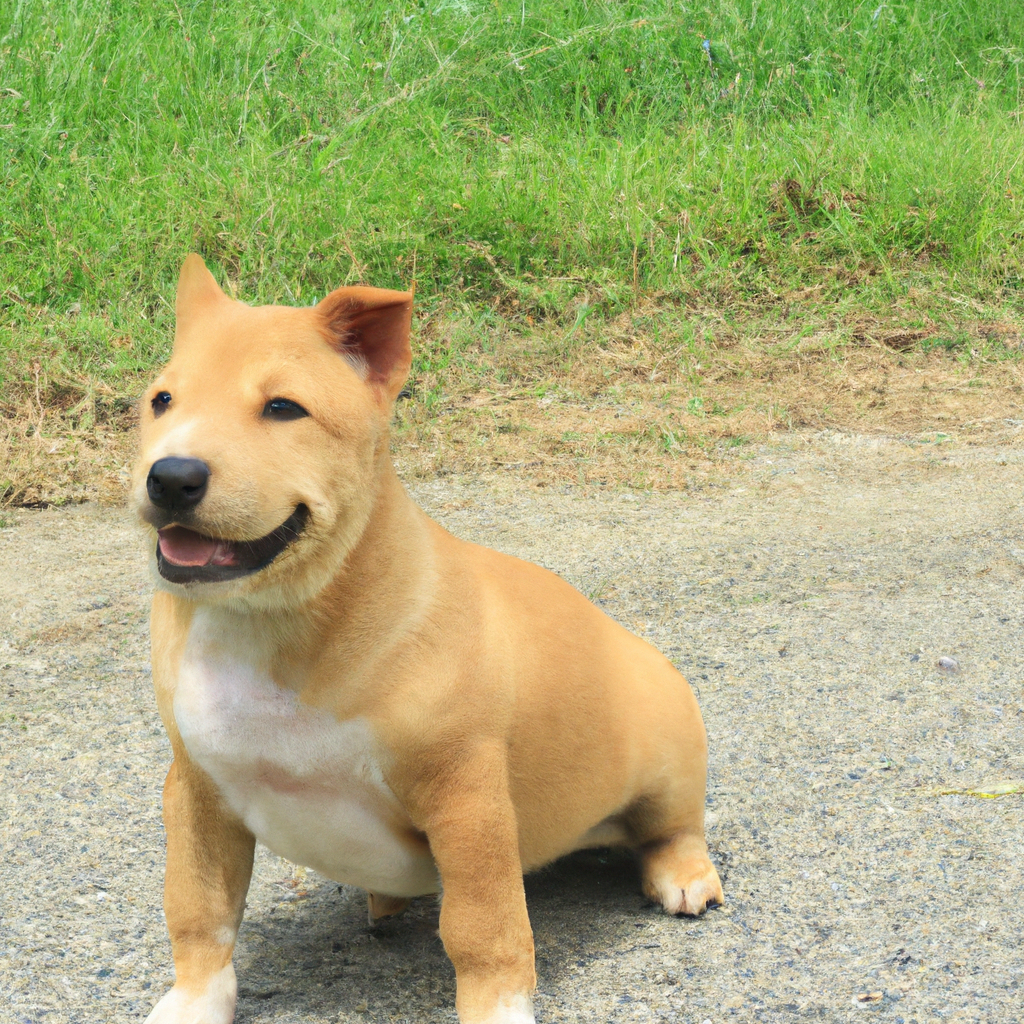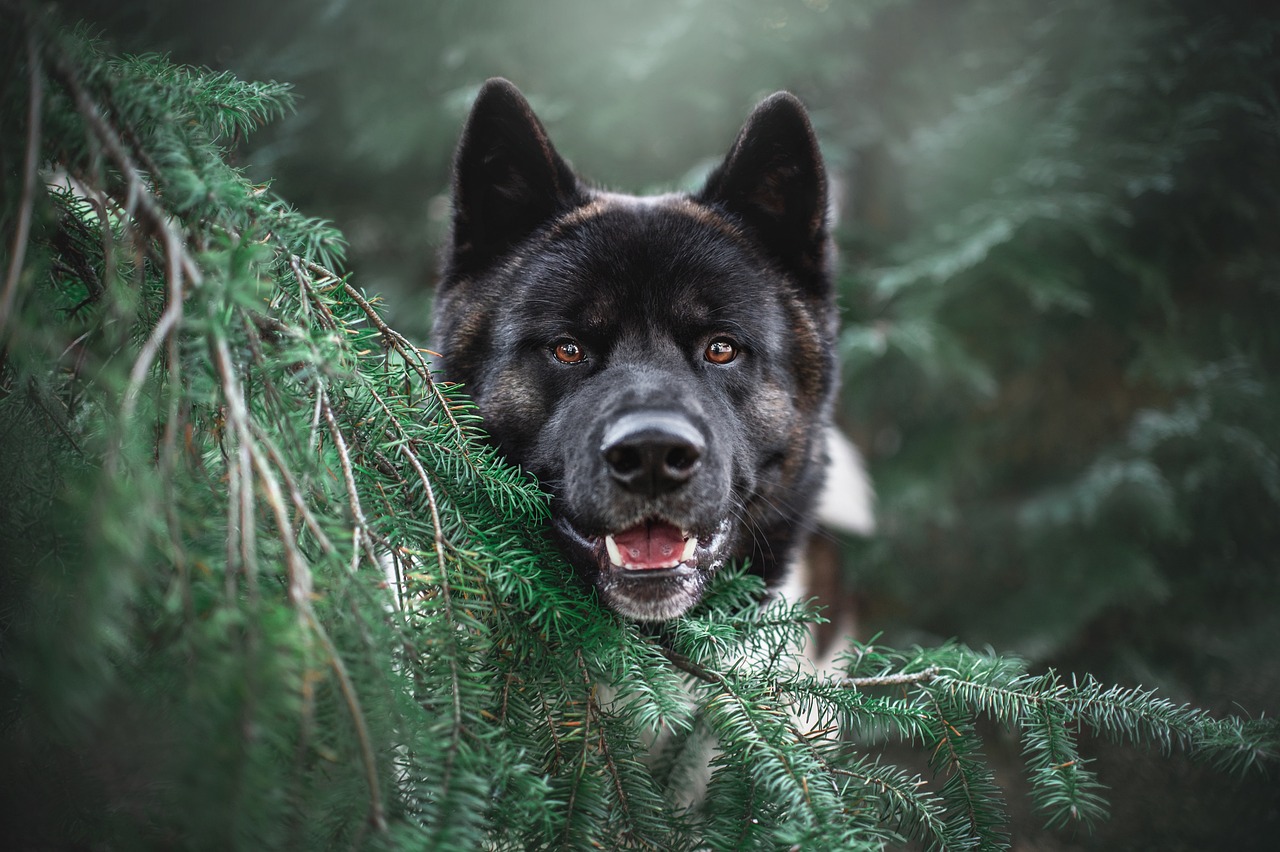[Related Helpful Posts]
Taking your dog for a walk is not just about exercise; it’s an opportunity to bond and explore the world together. However, ensuring that these outings are enjoyable and safe can sometimes be a challenge. From choosing the right gear to understanding your dog’s behavior, there are various tips and tricks that can enhance your walking experience. Whether you’re a seasoned dog owner or a new pet parent, these insights will help you make the most of your daily strolls. Let’s dive into the details below!
Choosing the Right Gear for Your Walks
Collars and Leashes: The Basics
Selecting the appropriate collar and leash is crucial for both safety and comfort during walks. A well-fitted collar should sit snugly but not too tight around your dog’s neck, allowing for two fingers to fit comfortably underneath. Consider using a harness if your dog tends to pull; it distributes pressure more evenly across their body, reducing strain on their neck. When it comes to leashes, opt for a length that gives you control while allowing your dog some freedom to explore. Standard nylon leashes are popular, but retractable options can be beneficial in less crowded areas where you want to give your dog more room to roam.
Weather-Appropriate Attire
Weather can significantly impact your walking experience. In colder months, consider investing in a dog coat or sweater, especially for breeds with short fur or those sensitive to low temperatures. Booties may also be necessary to protect their paws from snow and ice. Conversely, during hot summer days, ensure your furry friend stays cool by using a cooling vest or simply opting for early morning or late evening walks when temperatures are lower. Hydration is key; always carry water for both you and your pet to prevent overheating.
Safety Accessories
Enhancing safety during walks can give you peace of mind. Reflective gear is essential for evening strolls, ensuring that both you and your dog are visible to drivers and cyclists. Consider using LED collars or lighted leashes for added visibility. Additionally, carrying a first aid kit specifically designed for pets can prepare you for unexpected situations such as cuts or insect bites. It’s also wise to have identification tags on your dog’s collar with up-to-date contact information in case they wander off.
Understanding Your Dog’s Behavior
Reading Body Language
Being attuned to your dog’s body language is vital when walking together. Dogs communicate primarily through physical cues, so understanding these signals can enhance your experience immensely. For instance, if your dog has their tail held high and wagging vigorously, they are likely feeling happy and excited about the walk. However, if they exhibit signs of anxiety—such as tucking their tail between their legs or pulling away—it might be best to shorten the walk or find a quieter route.
Socialization Skills
Socialization is an important aspect of a dog’s development and behavior during walks. If you notice that your dog becomes overly excited or aggressive towards other dogs or people, it may be time to work on their social skills gradually. Start by exposing them to calm dogs at a distance before gradually decreasing that space as they become more comfortable. Positive reinforcement training techniques can help teach them how to behave appropriately when encountering others during outings.
Recognizing Signs of Fatigue
Just like humans, dogs can tire out from extended exercise. It’s essential to recognize when your furry friend needs a break during walks. Signs of fatigue may include excessive panting, lagging behind, or lying down unexpectedly. If you observe these behaviors, take a moment to rest in the shade or find a comfortable spot where they can recharge before continuing the adventure.
Creating an Engaging Walking Routine
Variety in Routes
Routine can become monotonous not only for humans but also for dogs. To keep things fresh and exciting, try varying your walking routes regularly. Explore different neighborhoods, parks, or nature trails nearby—this will provide new scents and sights that stimulate your dog’s curiosity and mental engagement. Each new area offers unique experiences that enrich both of your lives.
Incorporating Training Exercises
Walking isn’t just about getting from point A to point B; it’s an excellent opportunity to reinforce training commands with practical application in real-world settings. Practice commands like “sit,” “stay,” and “heel” intermittently throughout the walk when appropriate situations arise—this not only enhances obedience but also strengthens the bond between you and your pup as they learn through positive reinforcement.
Engagement Through Play
Mixing playtime into your walking routine can add an extra layer of enjoyment for both you and your dog. Bring along a favorite toy or ball that encourages interactive play during breaks in the walk. This could involve short games of fetch or tug-of-war at designated stops along the route—allowing them moments of energetic play fosters joy while still incorporating exercise into their day.
Health Benefits of Regular Walks
Physical Health Advantages
Regular walks contribute significantly to maintaining good physical health in dogs. Consistent exercise helps regulate weight by burning calories and promoting muscle tone—this is particularly important as obesity can lead to numerous health issues such as diabetes and joint problems later in life. Moreover, walking strengthens cardiovascular health by improving circulation while helping maintain overall stamina.
Mental Stimulation through Exploration


Walking provides mental stimulation as well as physical exercise by exposing dogs to new smells, sights, sounds, and environments outside their usual home setting. This sensory engagement combats boredom—a common cause of behavioral issues—and helps keep dogs mentally sharp throughout their lives.
The Emotional Bonding Experience
Taking time each day for walks fosters emotional connections between you and your pet; shared experiences build trust and companionship over time while allowing them an outlet for social interaction with other pets or people along the way! The simple act of spending quality time together creates lasting memories that enrich both human and canine lives alike.
Navigating Challenges During Walks

Dealing with Distractions
Distractions are inevitable when out walking—whether it’s other animals passing by or intriguing scents along the path—but managing these distractions effectively is key to maintaining control over your dog’s behavior during outings! Practicing focus exercises beforehand can help minimize reactive tendencies when faced with stimuli outside their typical environment.
Tackling Pulling on Leash Issues
If you’ve noticed that your dog tends to pull on their leash excessively during walks—creating discomfort for both parties—it might be time to address this behavior proactively through training methods like loose-leash walking techniques! Using positive reinforcement strategies encourages good leash manners while fostering better communication between you two throughout each outing!
Avoiding Overexertion Risks
While regular exercise is essential for maintaining good health levels within our furry friends—overdoing it comes with risks too! Be mindful of temperature changes throughout seasons; heat exhaustion poses serious threats especially among brachycephalic breeds (those with short snouts). Always monitor signs indicating distress such as excessive panting or lethargy so adjustments can be made accordingly based on individual needs!
The Importance of Post-Walk Care
Paw Care Essentials
After each walk session concludes—especially those involving longer distances—it’s essential not only check-in with how well they performed but also inspect paws thoroughly! Look out for any debris lodged between pads which could cause irritation later down the line; cleaning them gently ensures comfort moving forward into future adventures together!
Hydration Needs Post-Walk
Post-exercise hydration plays an equally important role following active outings alongside our furry companions! Always make sure fresh water awaits back home—and offer small amounts periodically during long excursions if possible—to keep dehydration at bay while encouraging healthy habits overall!
Mental Wind-Down Time After Activity Levels Increase
Once returning home from invigorating strolls—set aside moments dedicated solely towards winding down together after exertion levels rise significantly during activities outside! This could involve quiet cuddle sessions filled with gentle strokes while relaxing side-by-side on cozy spots within living spaces creating perfect opportunities fostering deeper bonds established over time spent outdoors exploring life’s wonders hand-in-paw!
Wrapping up with final thoughts
Walking your dog is more than just a routine; it’s an opportunity to bond, exercise, and explore together. By selecting the right gear, understanding your dog’s behavior, and creating an engaging walking routine, you can enhance both your experiences. Remember to prioritize safety and health during walks while also ensuring that both you and your furry friend enjoy the journey.
Additional useful information
1. Always carry waste bags to clean up after your dog during walks.
2. Consider using a hands-free leash if you enjoy jogging or need your hands free for other tasks.
3. Familiarize your dog with new environments gradually to reduce anxiety.
4. Schedule regular veterinary check-ups to ensure your dog’s health is optimal for walking.
5. Keep track of your dog’s energy levels and adjust walk lengths accordingly.
Overview of the key points
This guide emphasizes the importance of choosing appropriate gear for walks, understanding canine behavior, and maintaining a varied routine for physical and mental stimulation. Regular walks benefit dogs’ physical health, mental sharpness, and emotional bonding with their owners. It also highlights managing challenges like distractions and pulling on the leash while ensuring proper care after walks for overall well-being.
[Related posts with similar topics]
➡️ 10 Tips for Enjoying Quality Time During Your Dog’s Walks






